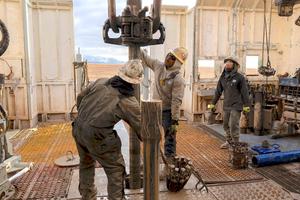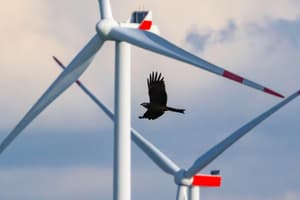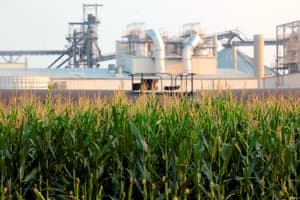The U.S. Interior Department has approved a plan by Hilcorp Energy, one of the nation’s largest privately-held oil and gas companies, to drill for oil in the Beaufort Sea. If developed, the project, located six miles off the Alaskan coast, would be the first fossil fuel production facility in federal waters in the Arctic, fulfilling a Trump administration pledge to open more areas for offshore drilling.
Interior Secretary Ryan Zinke called the decision an important step toward “American energy dominance.”
“Responsibly developing our resources, in Alaska especially, will allow us to use our energy diplomatically to aid our allies and check our adversaries,” he said in a statement. “That makes America stronger and more influential around the globe.”
The facility, known as the Hilcorp Liberty Project, would be built on a nine-acre gravel artificial island in the Beaufort Sea, similar to four other artificial island drill sites currently operating in Alaskan state waters. It is expected to produce up to 70,000 barrels of oil a day, with “a life expectancy of 15 to 20 years,” according to Hilcorp’s website.
Environmentalists have long fought against opening up U.S. federal waters in the Arctic to drilling, arguing a spill or leak could severely damage the region’s fragile ecosystem.
“Opening the Arctic to offshore oil drilling is a disaster waiting to happen,” Kristen Monsell, ocean legal director for the Center for Biological Diversity, said in a statement. “This project sets us down a dangerous path of destroying the Arctic. An oil spill in the Arctic would be impossible to clean up and the region is already stressed by climate change.”



